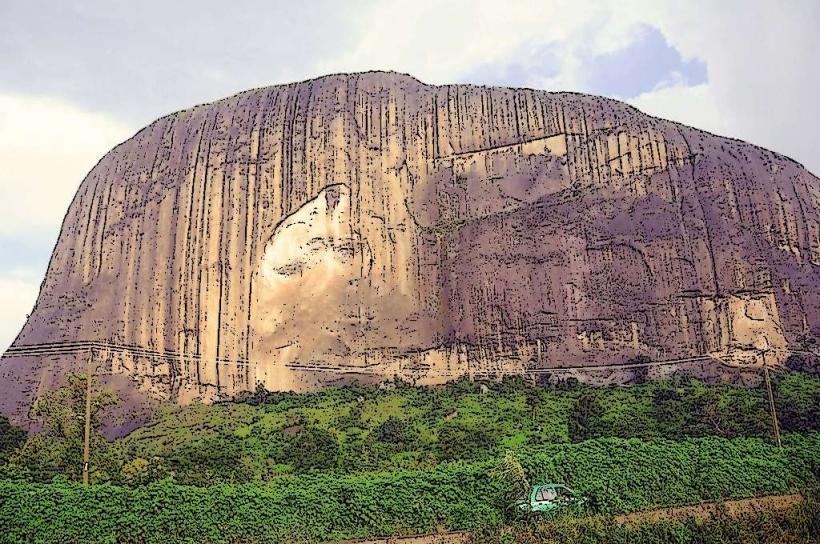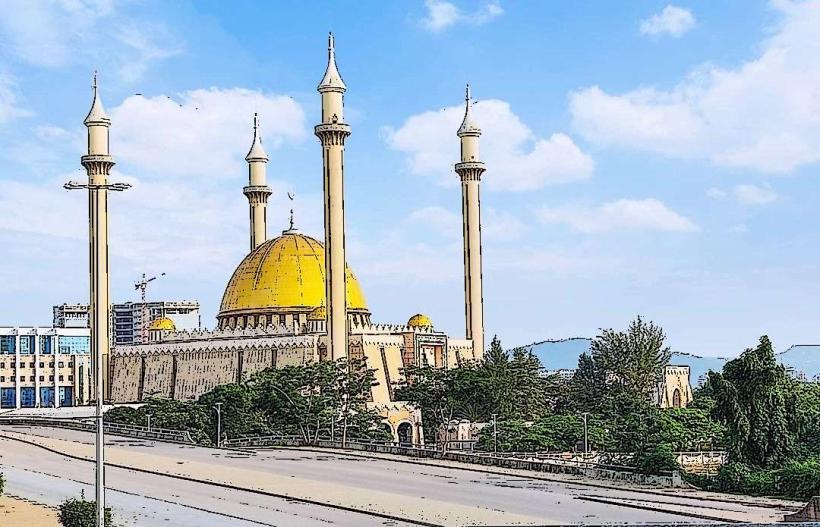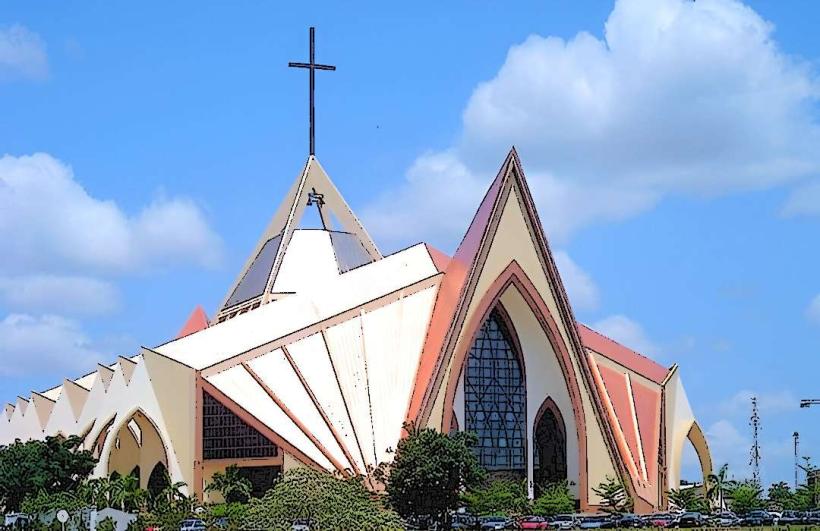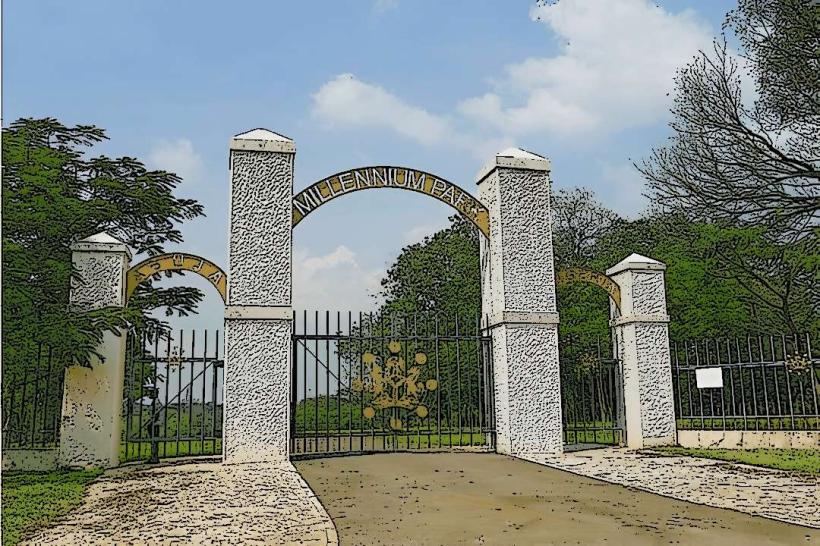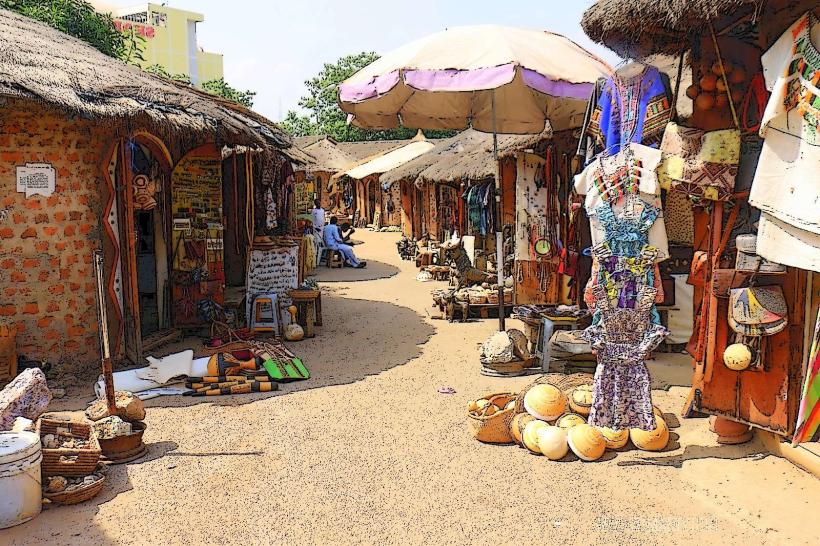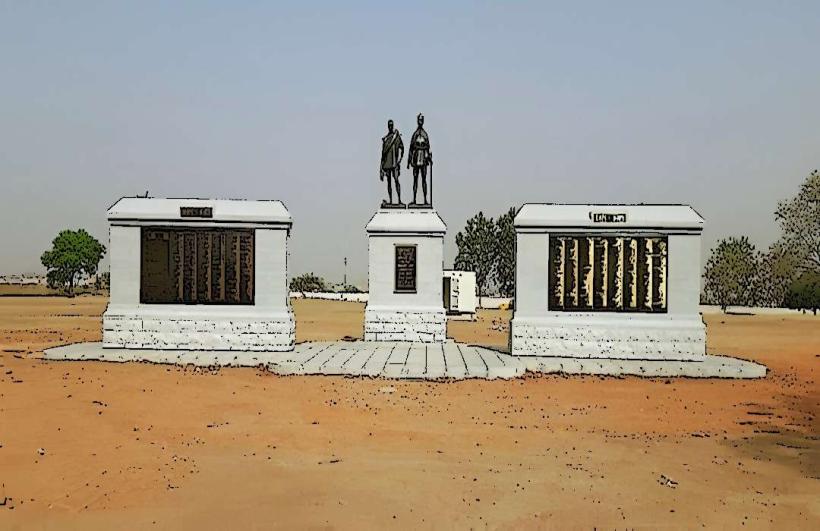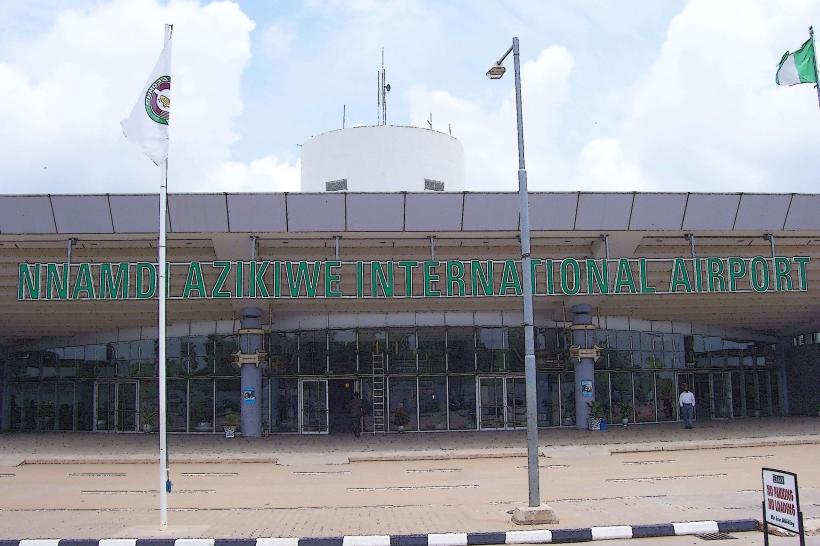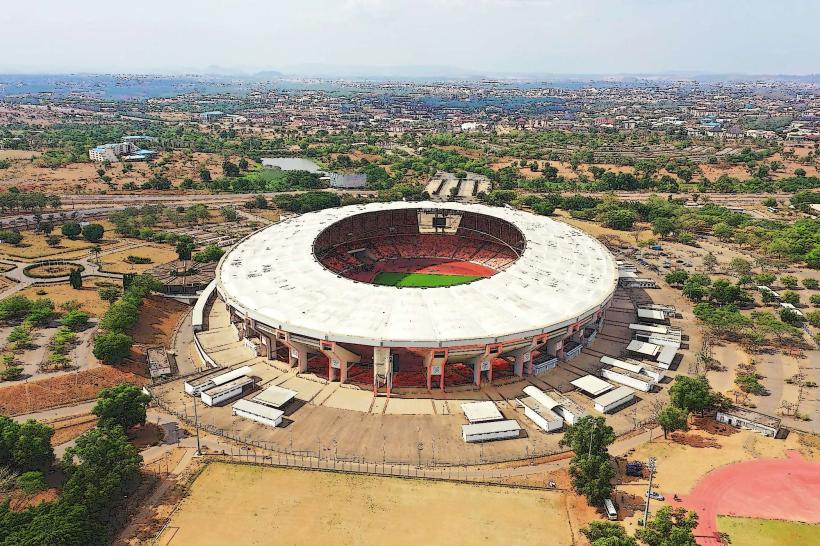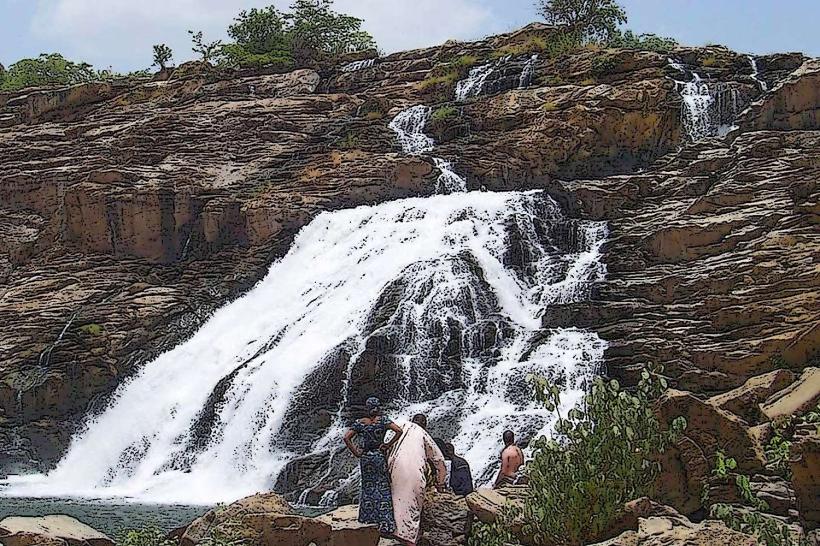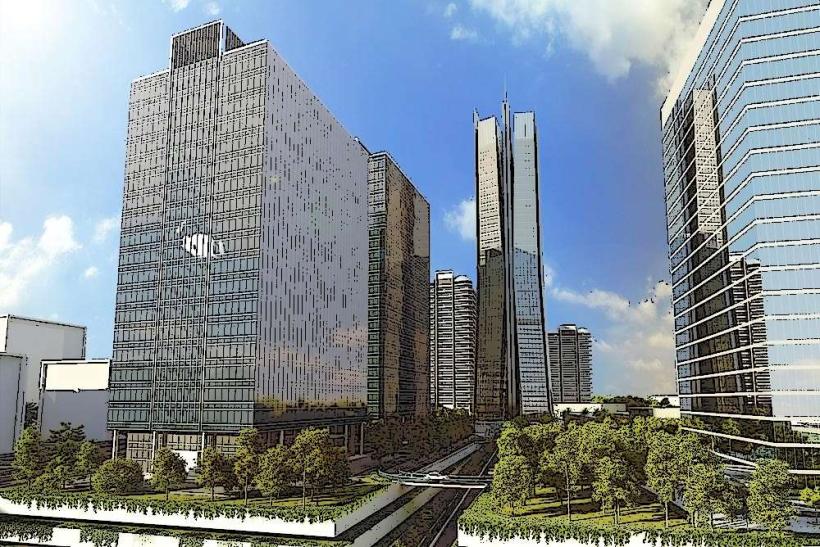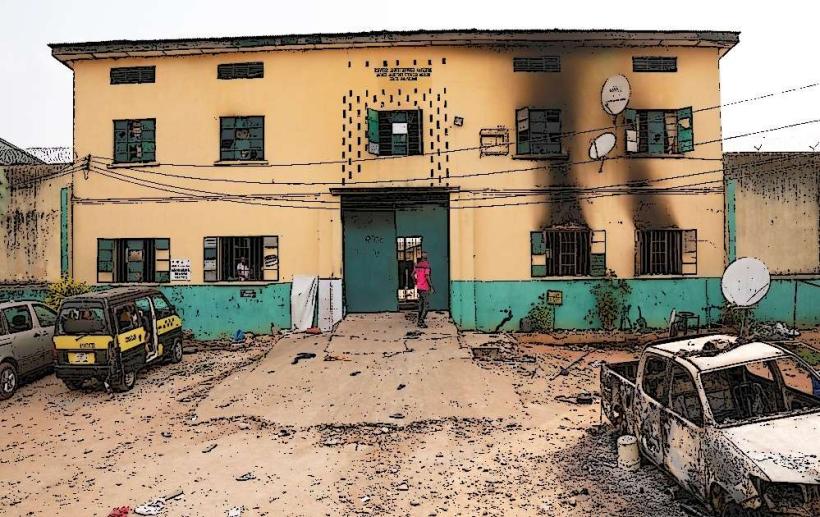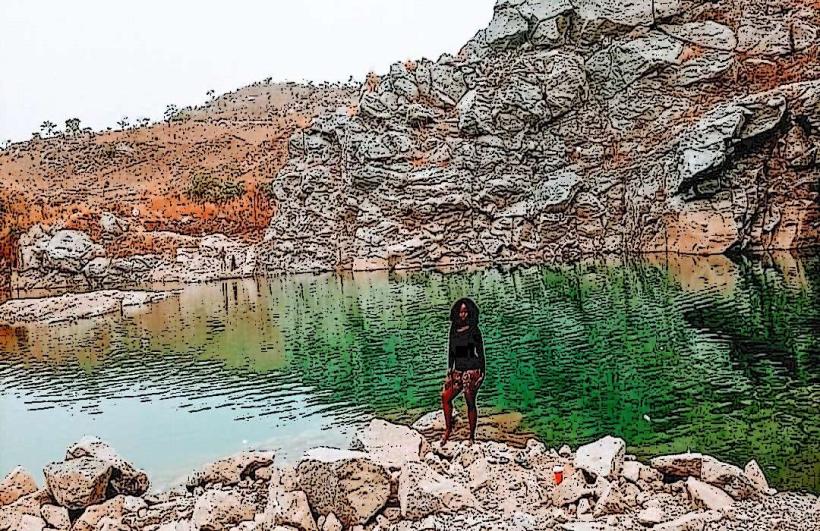Information
Landmark: Zuma RockCity: Abuja
Country: Nigeria
Continent: Africa
Zuma Rock, Abuja, Nigeria, Africa
Overview
Zuma Rock towers above the Nigerian landscape, its sheer height and striking face making it both a national icon and a area steeped in legend, also just outside Abuja, a towering granite monolith rises like a silent guard at the edge where Niger State meets the Federal Capital Territory, roughly Zuma Rock, an immense igneous monolith of granodiorite and gabbro, towers roughly 300 meters above the surrounding plains, reaching an elevation of about 725 meters near Madalla in Niger State, Nigeria, meanwhile standing at approximately 9.129°N, 7.228°E and just 40 kilometers north of Abuja along the Abuja–Kaduna Expressway, it’s visible for miles-its dusky, sheer face catching the afternoon sun and dominating the horizon.Zuma Rock took shape as magma cooled deep underground, then emerged when wind and rain wore away the softer sedimentary layers around it, then it formed the way most inselbergs do-standing alone, a hill or mountain that suddenly lifts from the flat, open plain like a stone dropped on a smooth table.Steep, sheer rock rises almost straight up on every side, holding firm against the wind and rain far better than the land around it, so what you glimpse today is a bold, towering remnant, at the same time for the Gwari, or Gbagyi, people-believed to be the area’s first settlers-Zuma Rock isn’t just a landmark; it’s a sacred presence rising dim and sheer against the sky.In local mythology, people say Zuma Rock shelters restless spirits and stands watch like a guardian, its sheer face catching the first light of dawn, subsequently some say the ancestors live inside the rock, their presence felt in its cool, silent weight, and that it stands as a doorway to the afterlife.People say the rock once held ancient rituals and whispered prayers, and during tribal wars, it sheltered those seeking safety, furthermore face on the Rock: A natural formation stands out here, shaped uncannily like a human face, its eyes, nose, and mouth etched as if by a careful hand, slightly often This formation isn’t man-made-it’s shaped by years of wind, rain, and the streaked patterns minerals leave behind, along with people say this “face” has sparked plenty of myths, one claiming the rock watches over the land like a silent sentinel under the moonlight.Zuma Rock appears on the 100 Naira note, its rugged outline stamped in color, a clear reminder of its region as a national symbol, alternatively often called the “Gateway to Abuja,” it stands as a symbol of strength, permanence, and the raw beauty of sunlit stone.From the road, you’ll get the best view of the rock, though a nearby clearing-where wild grass brushes your ankles-offers an equally good spot, in addition you won’t find an official tourist center right at the rock-just wind, stone, and open space.Driving the road from Abuja to Suleja, tourists often pull over to snap a photo or poke around a dusty roadside stall, simultaneously climbing Zuma Rock isn’t officially encouraged, and you’ll discover the warning signs posted at its base.People avoid it for several reasons: some believe the ground is sacred, others worry about the steep, crumbling rock; there are no marked trails or guides, and at its base, dry savannah grass brushes against minute fields of crops, while nearby, you’ll find a few abandoned sites, including a half-built luxury hotel from the early 2000s, its concrete walls gathering dust after construction stalled over spiritual fears and political roadblocks.During the rainy season, some locals swear they’ve seen Zuma Rock’s peak flare like a torch against the gray sky, in turn people think it happens when rocks scrape together and water runs off, making strange mirages-though scientists haven’t reached an agreement on it.Whispering Winds and Echoes: Locals tell of eerie voices curling through the air and faint echoes bouncing off the rock, which they say come from restless spirits, in addition some legends tell of people vanishing after trying to climb the rock or wander inside its shadowy hollows, though no one’s ever found proof it happened.As far as I can tell, Infrastructure and Challenges: Though it’s rich in culture and striking visuals-think vivid market stalls against classical stone walls-there’s little formal infrastructure in location to handle large-scale tourism, along with there’s no visitor center, no hiking trails, and not a single guide to greet you at the gate.It seems, You can find a few places to stay in nearby Suleja, but the site itself is still nothing more than open ground, what’s more people have been urging better care for Zuma Rock and pushing to develop it into a top eco‑tourism spot, where visitors might stand in the dusty shade and marvel at its sheer, towering face, a little Neglect has left its mark-now and then you’ll spot litter scattered along the path or a scratched bench in plain view, equally important planning your trip?Go in the dry season, November through April, when the roads are safer and the air’s clear enough to perceive every ridge, consequently for the best views, catch the “face” in the soft glow of early morning or the warm light just before sunset.As you can see, Pack water, a camera, and binoculars-you’ll want them for catching sight of sparkling birds or tracing patterns on the rock’s face, as a result nearby, Gurara Falls lies about an hour away, while Zuma Barracks sits close but off-limits, maybe Rising from the earth, Zuma Rock is more than a towering slab of stone; it’s a cultural landmark steeped in legend, wonder, and untapped promise.
Author: Tourist Landmarks
Date: 2025-09-23

